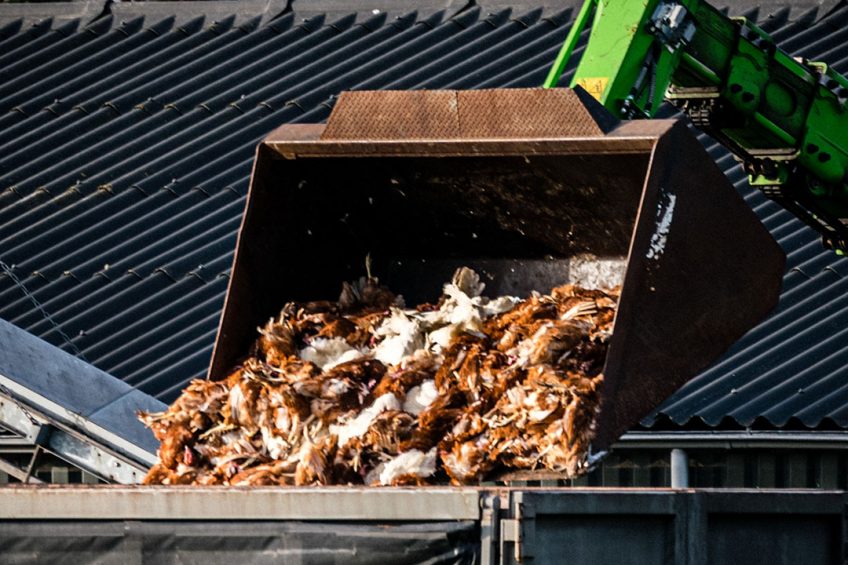Iran culls over a million layers to contain AI

The Iranian veterinary authorities have culled 1.4 million birds after the outbreak of bird flu H5N8 on 50 farms across the country, the Iran Veterinary Organization said in a statement at the end of February.
The veterinary officials promised that there would be no further interventions as the virus’s spread appeared to be under control. Similar statements were made last month. The Homeland Poultry Farmers Union told local news outlet Tejarat News that avian influenza (AI) caused disruptions in the supply of eggs to some stores. Especially in the South Khorasan province, where the virus hit hard, a sharp rise in egg prices was seen, followed by increased smuggling, the source said. Speaking during a press conference in Teheran, Ali Safar Maknali, head of the Iran Veterinary Organization, dismissed reports regarding a possible shortage of eggs on the domestic market. “Currently, we have more than 75 million laying hens in the country, and yesterday the production of eggs amounted to 3,067 tonnes, 667 tonnes more than actual domestic demand,” he said.
Distributors culprit of price hike
“The veterinary service has accurate statistics of the country’s egg production on a daily basis, so if the products reach consumers at high prices, problems are hidden in the distribution chain,” Ali Safar Maknali said. The virus is not expected to cause significant supply disruptions, as all affected farms are insured. Also, they may restock 42 days after the outbreak. So far, the overall damages to the Iranian poultry industry are around 12 billion tomans (US$ 2.8 million), he estimated. “South Khorasan is the only province where AI has hit larger farms. In other regions, the disease mainly struck at backyard farms,” Ali Safar Maknali said. He explained that a poultry farm had gone not reported an outbreak for nearly 3 weeks, resulting a spread to other farms.
Russia reports first human infection of H5N8 bird flu
Russia has registered and reported the world’s first transfer of the H5N8 bird flu strain from birds to humans to the World Health Organization (WHO).
Migrating virus
There are 4 different AI strains in Iran, and authorities are using advanced molecular diagnostics systems to detect outbreaks, according to Ali Safar Maknali. Like in many other countries, the disease is believed to be introduced by migrating birds. “Highly pathogenic avian influenza has been reported in the European Union, Kazakhstan, Japan, Saudi Arabia, Iraq, and Russia. Now all countries on the path of free-flying birds are affected by the wave of the disease,” he said.












